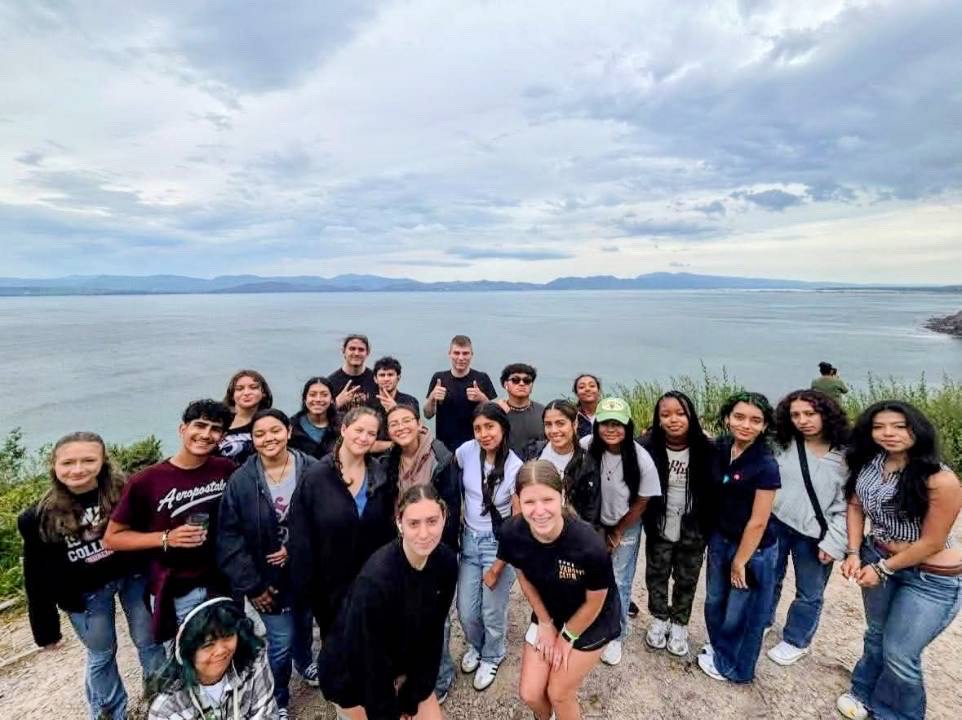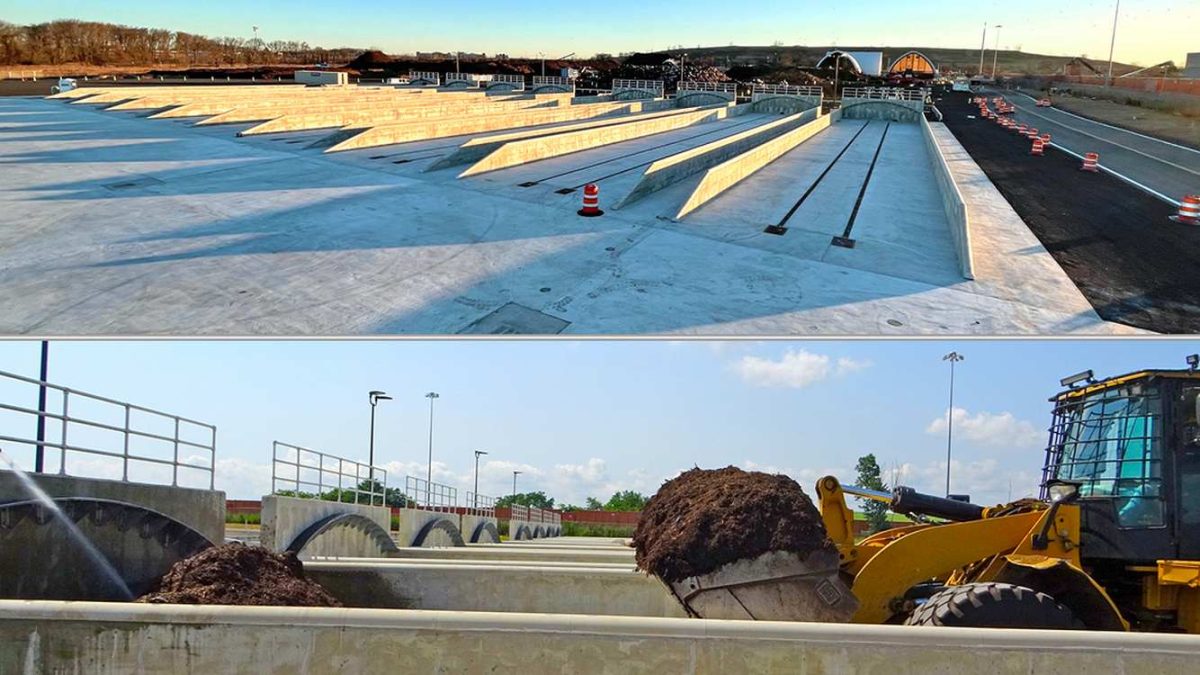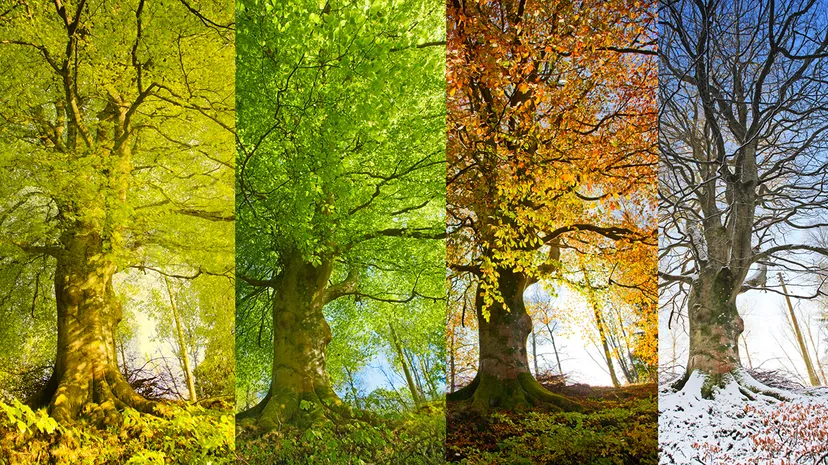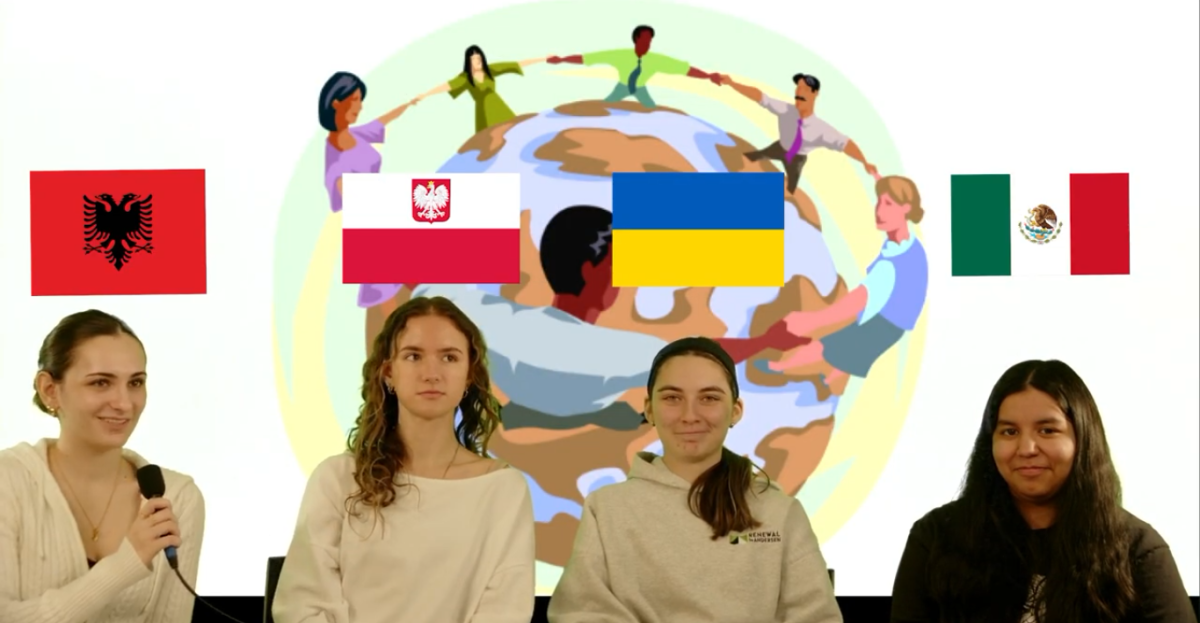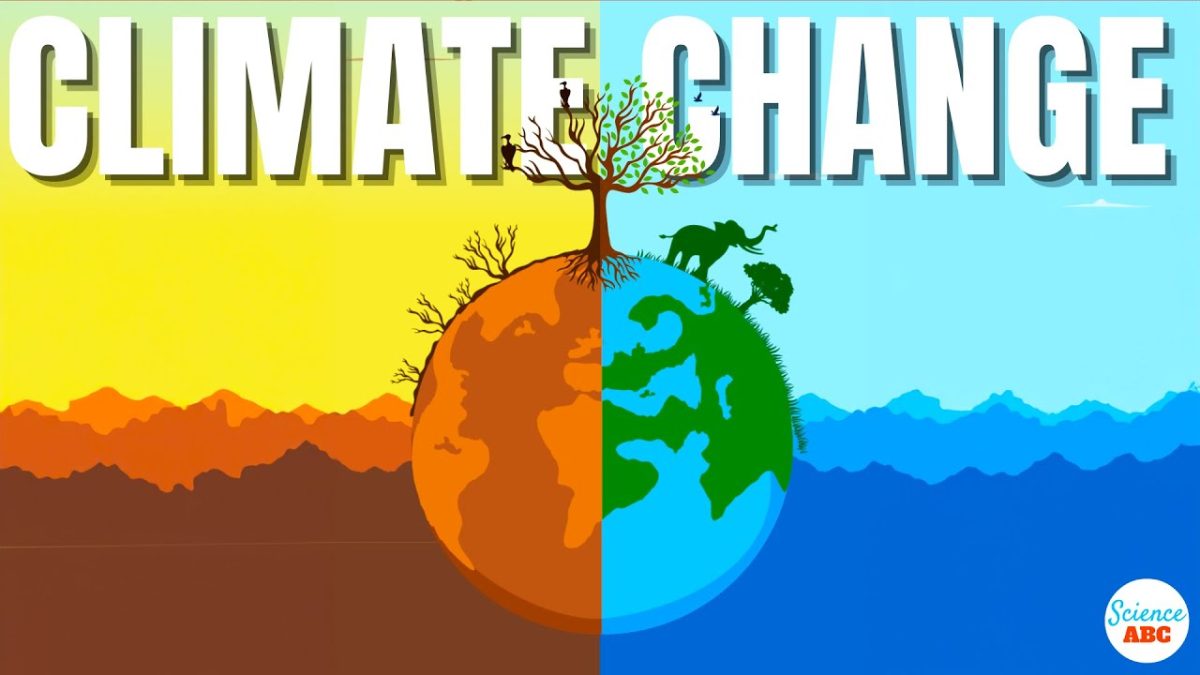Climate change, a subject of debate for a while. For those who are not familiar with climate change, it’s a long term shift in balanced weather patterns in regions all over the world. Although there have been natural shifts in the climate for millions of years, civilization is largely to blame for these present rapid shifts. In order to reduce greenhouse gas emissions and lessen the effects of climate change on the environment, global cooperation, sustainable practices, and innovative ideas are needed.
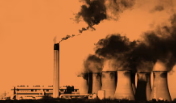
What is the main cause?
Human activities significantly contribute to the acceleration of climate change. Here are the top 3 causes:
Burning fossil fuels
- Large volumes of carbon dioxide (CO₂) get released into the atmosphere when coal, oil, and natural gas are used for energy and transportation. This leads to the trapping of heat.
Industrial and Agriculture
- Strong greenhouse gases that accelerate climate change are methane (CH₄) and nitrous oxide (N₂O), which are released by factories, cattle farms, and large scale agricultural operations.
Deforestation
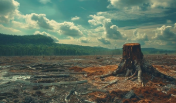
- Given that trees absorb CO₂, extensive clearing for logging, urbanization, and agriculture impairs the planet’s capacity to control carbon levels, which raises greenhouse gas concentrations.
How does climate change affect civilization?
Numerous aspects of civilization are impacted by climate change, including economies, societies, and daily life. More extreme weather events like hurricanes, droughts, and wildfires are brought on by rising temperatures; these catastrophes destroy infrastructure, uproot communities, and endanger resources. Sea level rise puts coastal towns at risk by causing large-scale migrations and raising the possibility of conflicts over scarce resources. Furthermore, agriculture is impacted by changing climatic patterns, which negatively impact vulnerable groups through failing crops, food shortages, and inflation. Because of the rise in heat waves, air pollution, and disease transmission, climate change also presents health problems. These effects will continue to threaten human civilization if they are not addressed, thus adaptation and mitigation are essential to a sustainable future.
Climate change – Globally
Climate change is affecting every part of the world, but some regions are experiencing more severe consequences than others. Here are 4 places around the world that are largely impacted:
The Arctic
- Impact: Rapidly melting ice caps and glaciers, rising sea levels, and loss of habitat for polar bears and

2022 Arctic report card represents the accumulation of heat. The depiction clearly addresses the certain effects of climate change in the Arctic. (WMO) other wildlife. The Arctic is warming nearly four times faster than the global average, leading to permafrost thawing and ecosystem disruption
Islands/Territories
- Impact: Rising sea levels threaten to submerge entire islands, causing population displacement and loss of land. These low-lying countries are at high risk of coastal erosion and saltwater intrusion into fresh water supplies.
The Amazon Rain Forest
- Impact: Deforestation combined with rising temperatures leads to ecosystem collapse and loss of biodiversity. Climate change and human activity (such as deforestation) are turning parts of the rain forest into dry savannas, reducing its ability to absorb CO2.
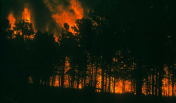
A clear caution of the devastating impacts of climate change and human activity, especially in areas like the Amazon Forest. The above picture displaying raging flames engulfing the environment. (AmazonAid)
North America
- Impact: Stronger hurricanes, severe wildfires, prolonged droughts, and extreme heat waves are prevalent. Warming oceans and shifting climate conditions are increasing the frequency and intensity of natural disasters.
What does this mean for the years to come?
As climate change picks up speed, the future of our planet and life on Earth becomes more and more uncertain. Extreme weather, habitat loss, and rising temperatures endanger biodiversity, disrupt food and water supplies, and threaten to displace millions of people. Rising sea levels and ocean acidity threaten coastal towns and marine species, and changing climatic patterns may render some areas unsustainable. Ecosystems will find it difficult to adapt if immediate action is not taken, which might have serious repercussions for human civilization and result in the extinction of many species.
Works Cited:
- “Climate Change.” NASA Science, https://science.nasa.gov/climate-change/. Accessed 06 March 2025.
- “Climate change impacts.” National Oceanic and Atmospheric Administration, 25 2 2025, https://www.noaa.gov/education/resource-collections/climate/climate-change-impacts. Accessed 28 February 2025.
- “Climate change impacts.” National Oceanic and Atmospheric Administration, https://www.noaa.gov/education/resource-collections/climate/climate-change-impacts. Accessed 04 March 2025.
- “Effects of Climate Change – Impacts and Examples.” NRDC, 24 October 2022, https://www.nrdc.org/stories/what-are-effects-climate-change. Accessed 04 March 2025.
- “Future of Climate Change | Climate Change Science | US EPA.” Climate Change, https://climatechange.chicago.gov/climate-change-science/future-climate-change. Accessed 28 February 2025.










